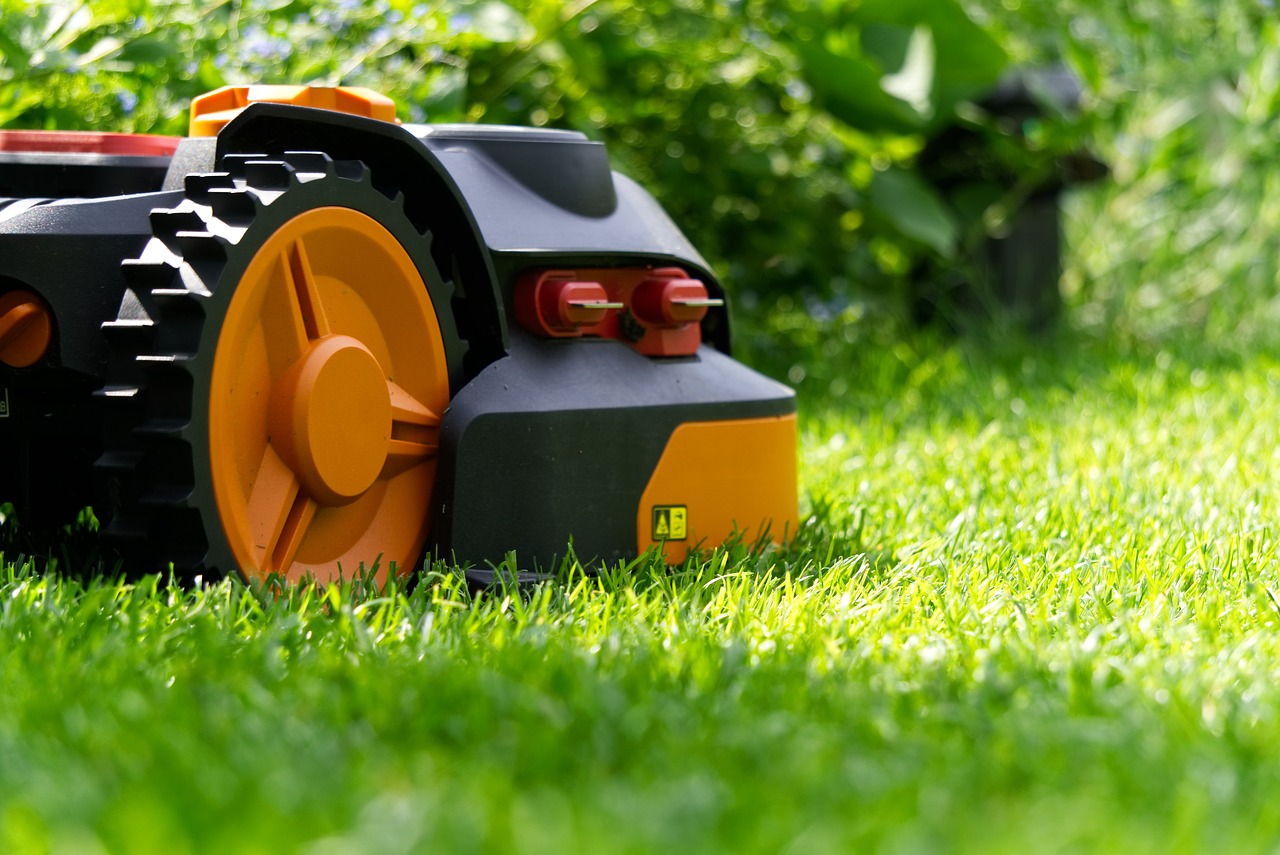Enabling autonomous exploration in robots

Carnegie Mellon University's Robotics Institute is revolutionizing exploration with the development of their cutting-edge robots. The Autonomous Exploration Research Team has ingeniously created a suite of robotic systems and planners that enable these robots to explore unknown environments with unparalleled speed and precision. These intelligent machines are capable of venturing into the darkest corners, all while autonomously creating highly accurate and detailed maps without any human intervention.
Ji Zhang, a systems scientist in the Robotics Institute, enthusiastically explains, "You can deploy these robots in any environment, be it a sprawling department store or a disaster-stricken residential building, and watch them go. They dynamically construct a real-time map of their surroundings and, while exploring, astutely determine their next destination. Every detail is captured on the map, so there's no need for any individual to physically enter the space. Simply let the robots explore and meticulously chart the environment."
The research team has been tirelessly working on these exploration systems for over three years, culminating in successful mapping expeditions to various locations such as underground mines, parking garages, the Cohon University Center, and both indoor and outdoor areas on the CMU campus. By equipping their systems' computers and sensors onto a wide range of robotic platforms, including modified motorized wheelchairs and drones, the team has transformed these machines into modern-day explorers.
The group's systems offer three distinct modes for robots to undertake their exploration. In the first mode, a human can control the robot's movements and direction, all while the autonomous systems provide crucial safeguards to prevent any collisions with walls, ceilings, or objects. The second mode allows a person to select a specific point on a map, prompting the robot to expertly navigate towards it. Finally, the third mode unleashes the robot's autonomy as it fearlessly embarks on its own journey, meticulously investigating every nook and cranny to create a comprehensive map of the space.
Professor Howie Choset, a leading figure in the Robotics Institute, emphasizes the versatility of these systems, stating, "This is an incredibly flexible solution that can be applied to a multitude of applications, ranging from delivery services to search-and-rescue operations."
The group's revolutionary approach combines a remarkable array of technologies, including a 3D scanning lidar sensor, forward-looking camera, and inertial measurement unit sensors, all seamlessly integrated with an advanced exploration algorithm. This winning combination empowers the robot with a keen awareness of its location, past expeditions, and future destinations. Thanks to their groundbreaking efforts, the resulting systems not only produce more complete maps but also significantly reduce the algorithm's run time by an impressive 50%.
In conclusion, Carnegie Mellon University's Robotics Institute is at the forefront of technological innovation in the field of exploration. With their state-of-the-art robotic systems, they are revolutionizing the way we explore unknown environments. These autonomous robots, equipped with advanced sensors and intelligent algorithms, have the ability to navigate any space, creating detailed maps with unprecedented accuracy. The potential applications for these systems are vast, from enhancing delivery services to aiding in critical search-and-rescue missions. The future of exploration is in the capable hands of these extraordinary machines developed by the brilliant minds at the Robotics Institute.
News
- 2023-07-20 Germany behind schedule on wind energy rollout: study
- 2023-07-20 Researchers propose a circular economy for rare-earth elements
- 2023-07-20 Researchers propose a circular economy for rare-earth elements
- 2023-07-20 Charging cars at home at night is not the way to go, study finds
- 2023-07-20 Charging cars at home at night is not the way to go, study finds